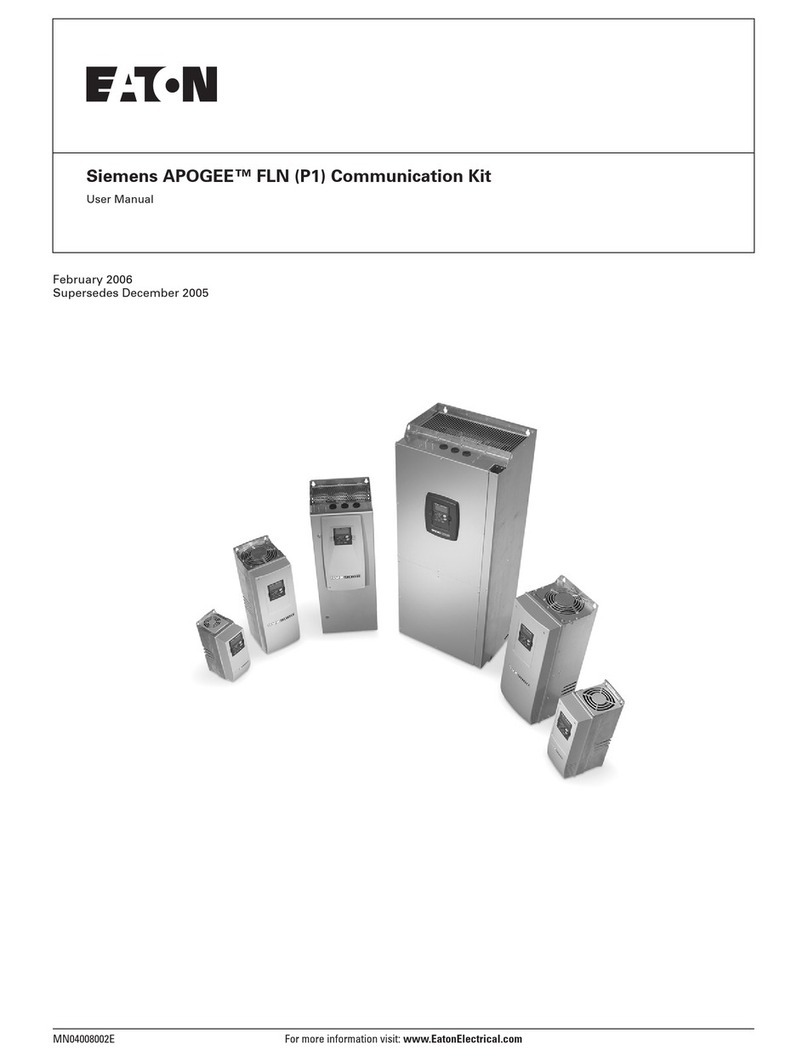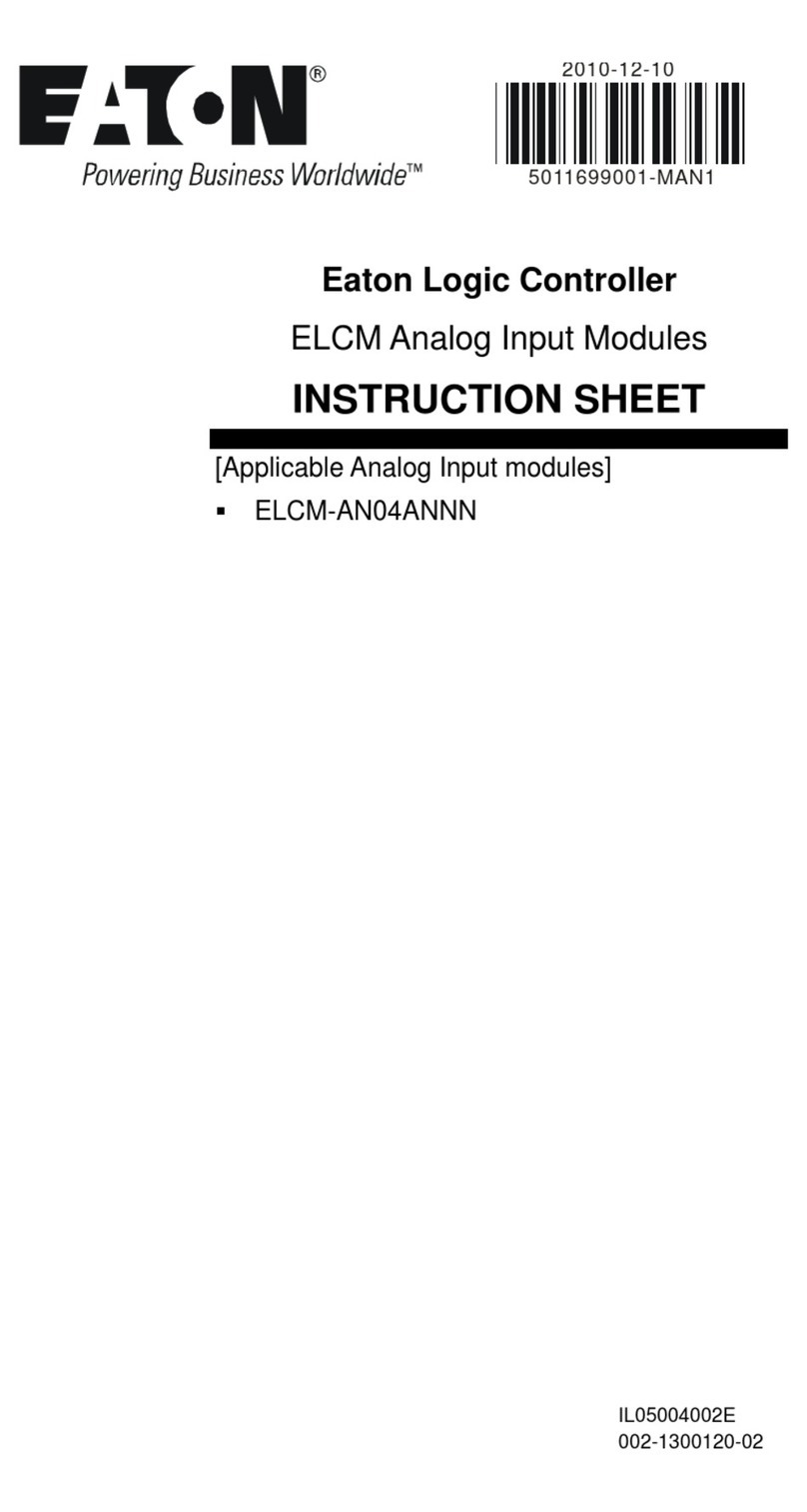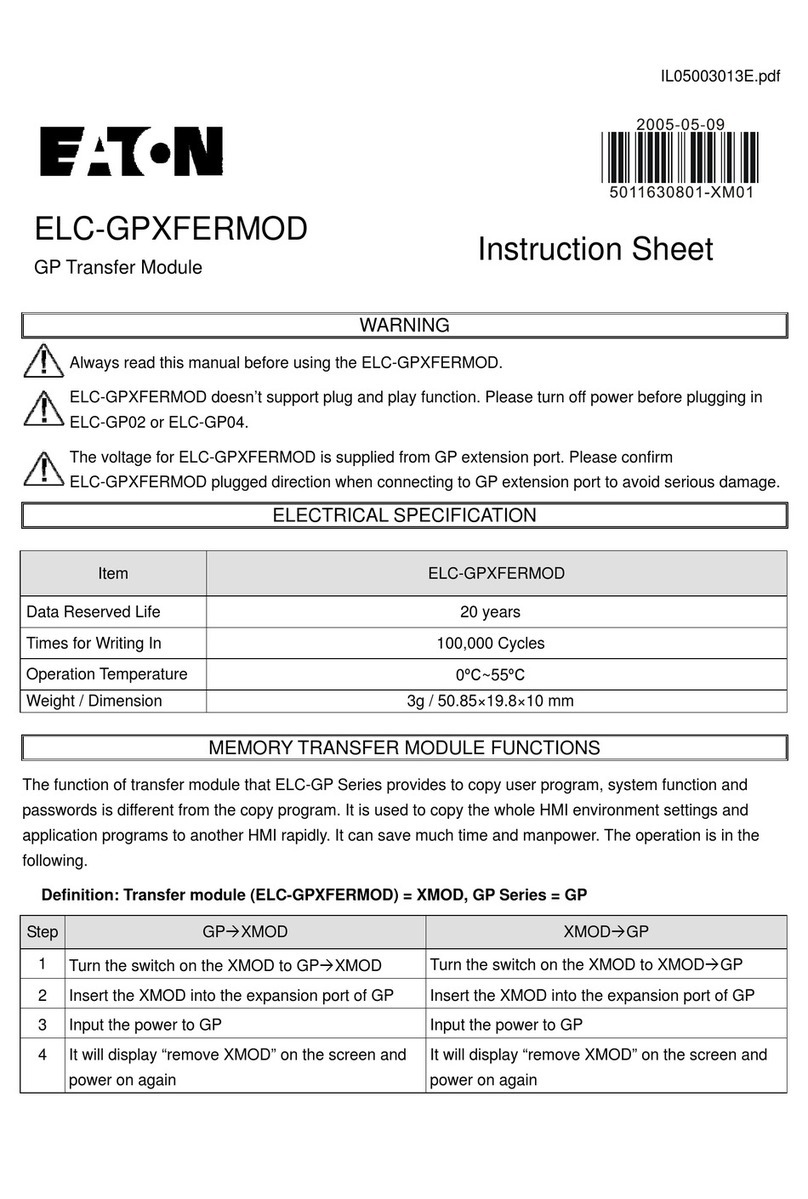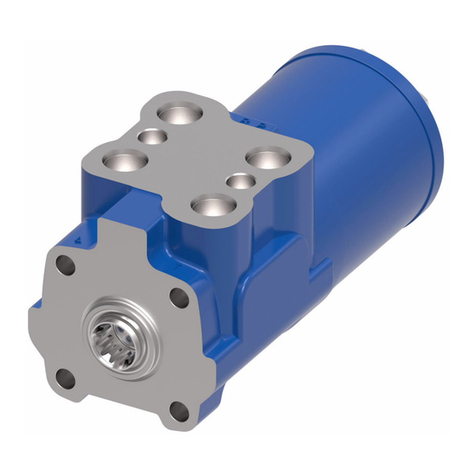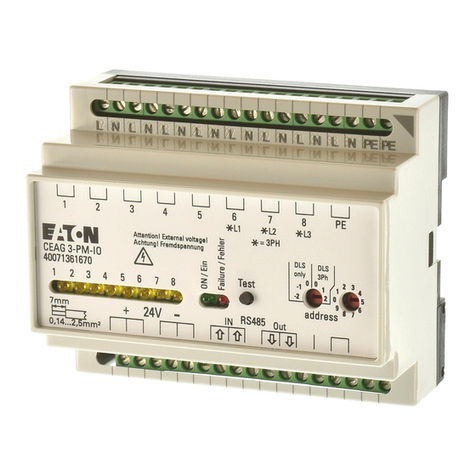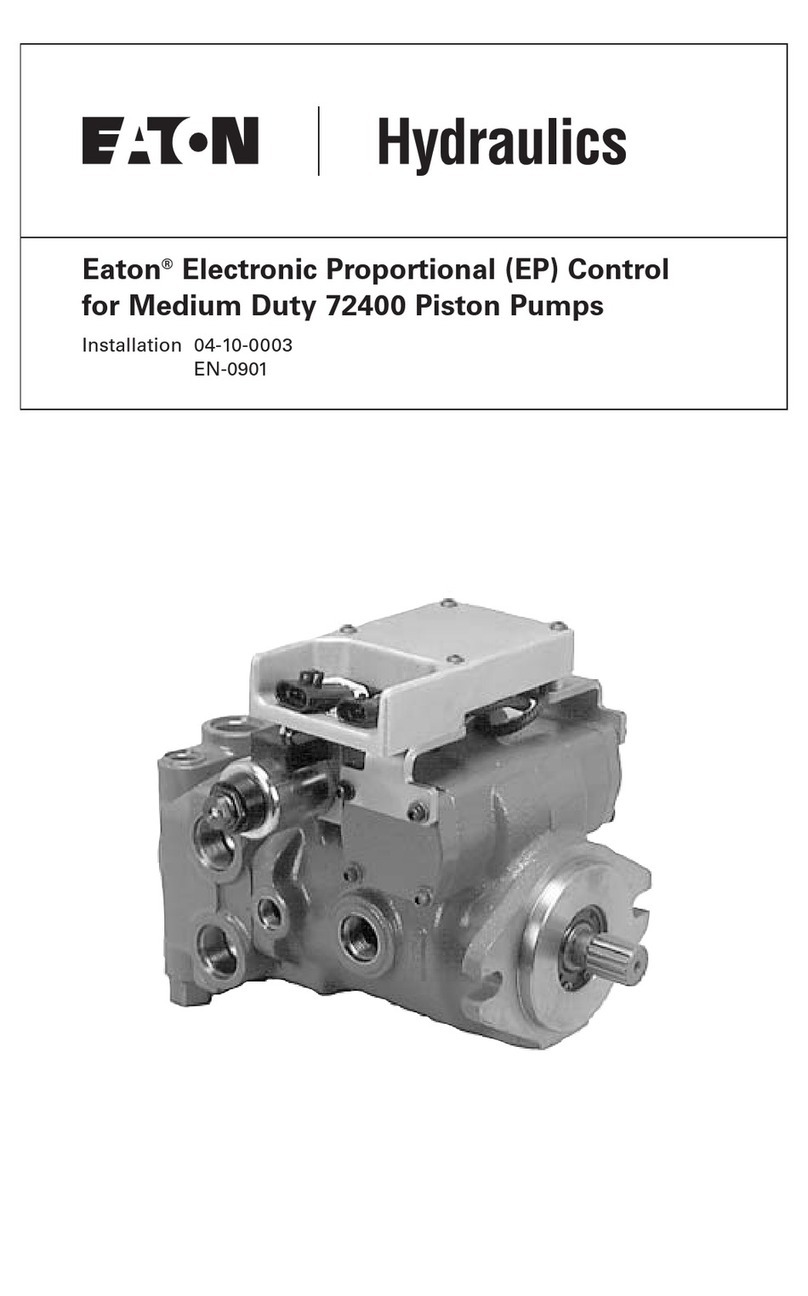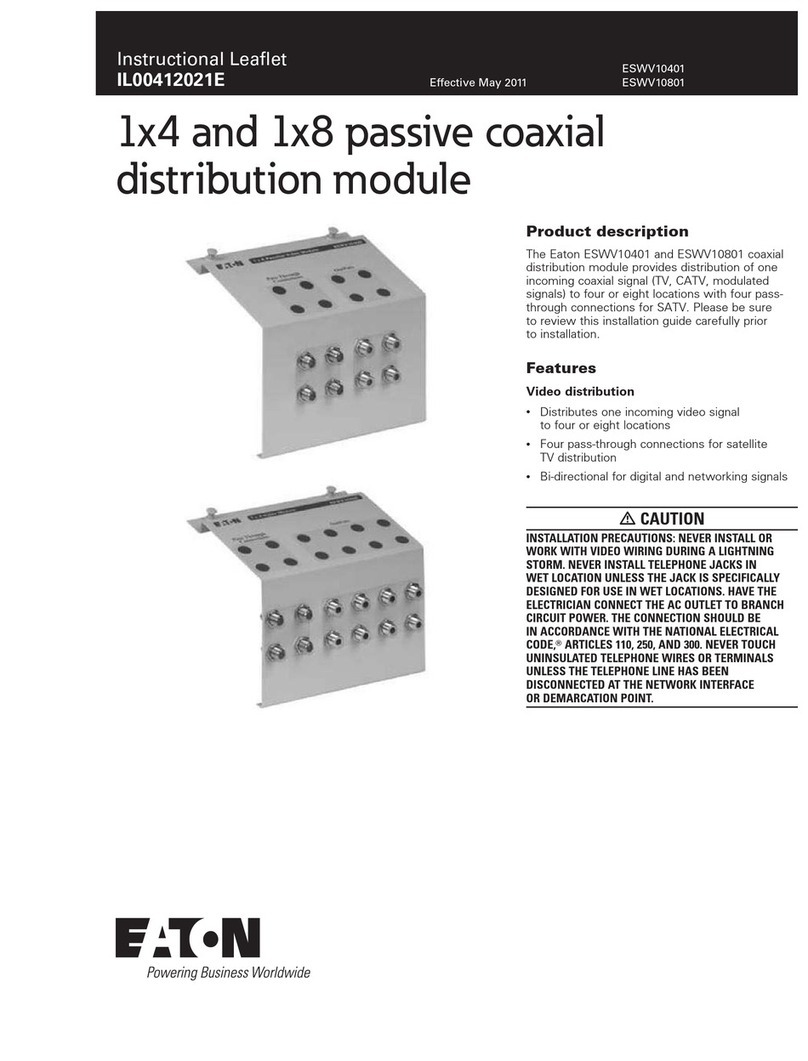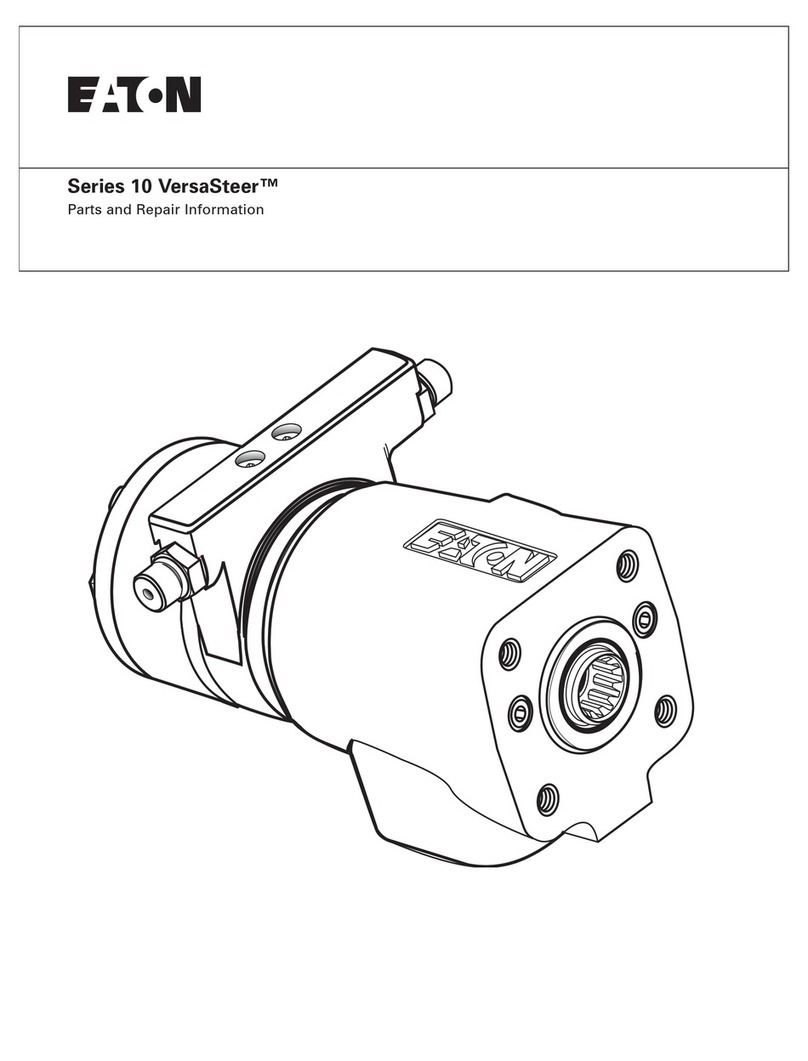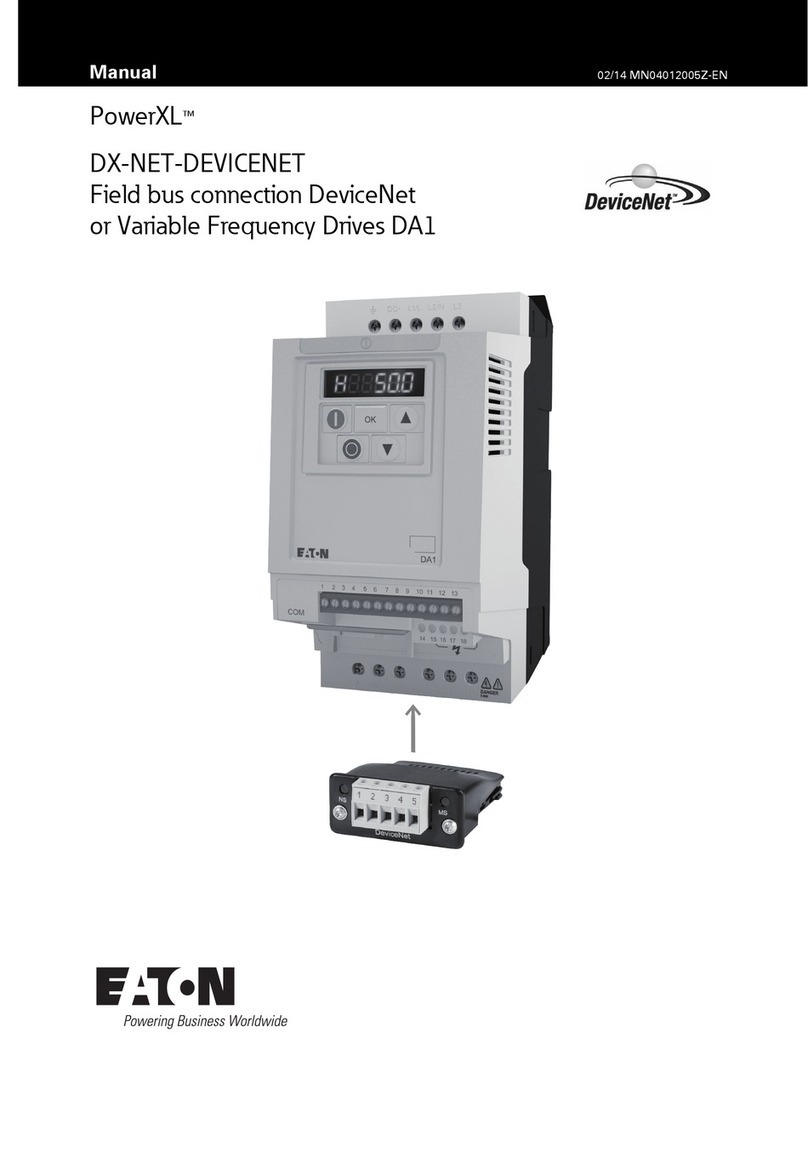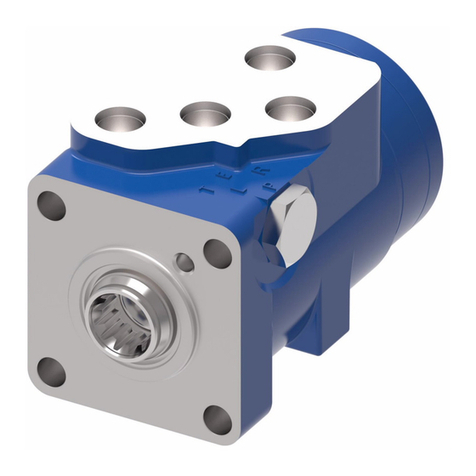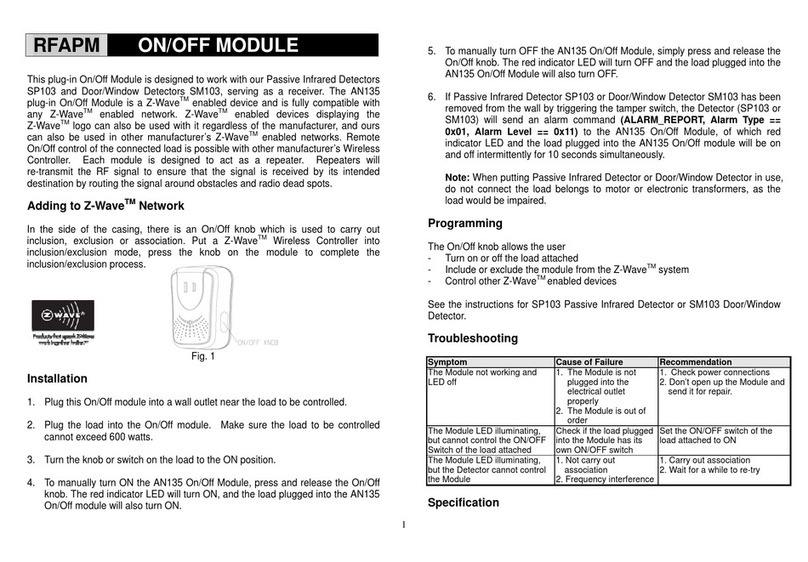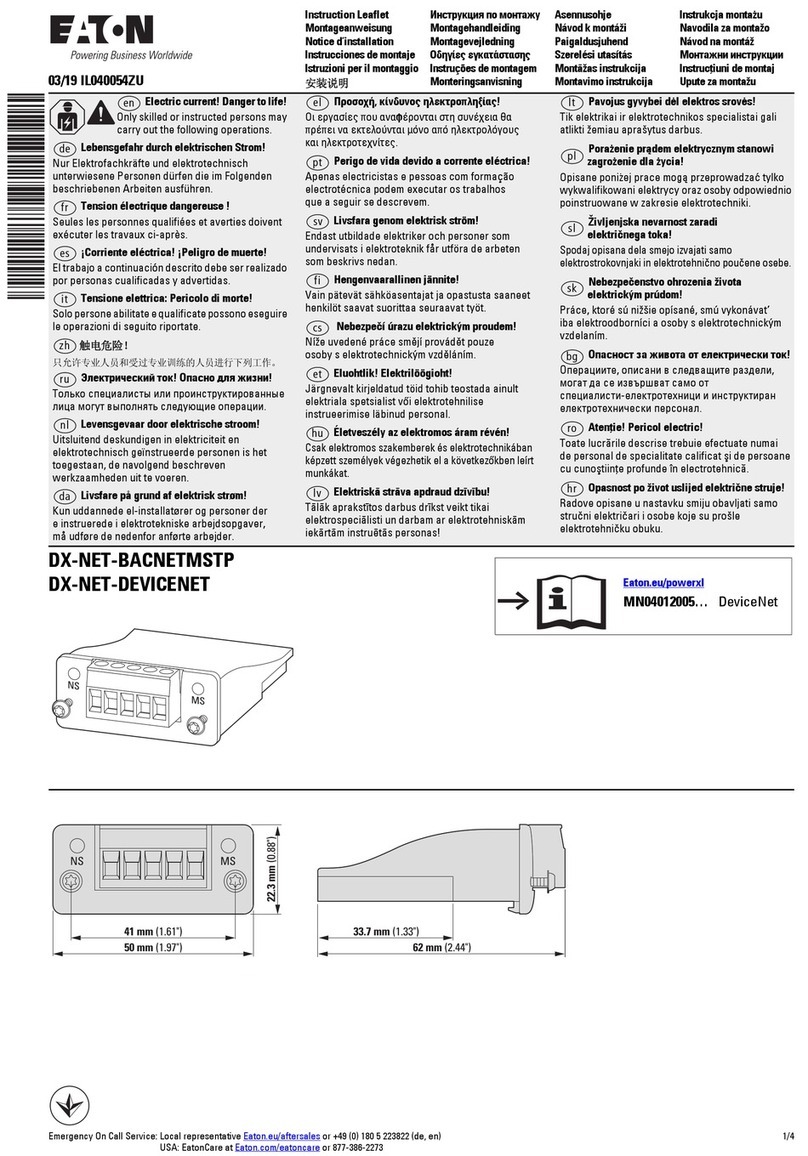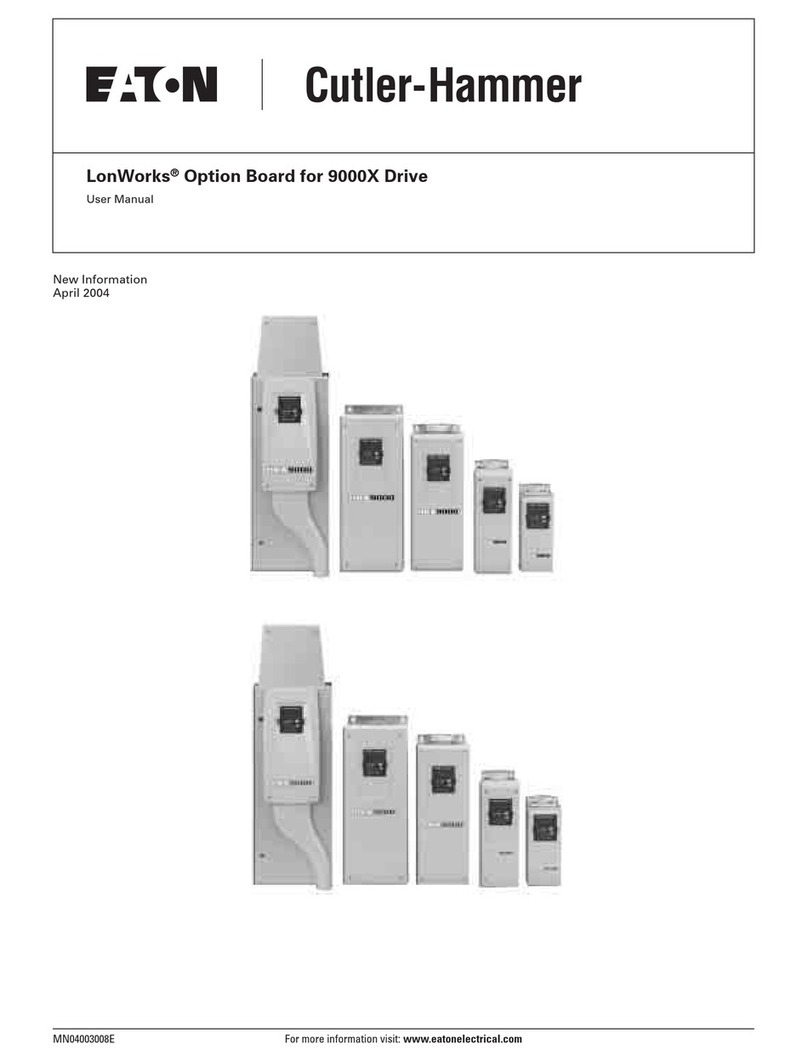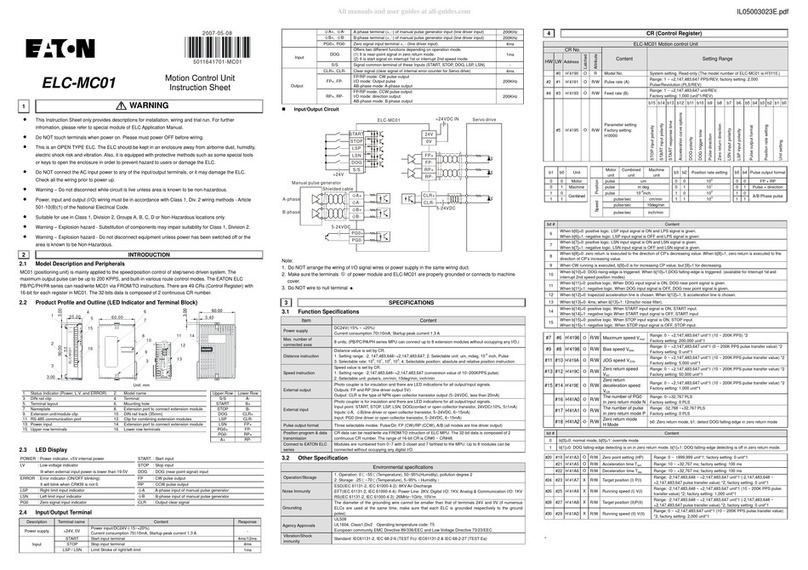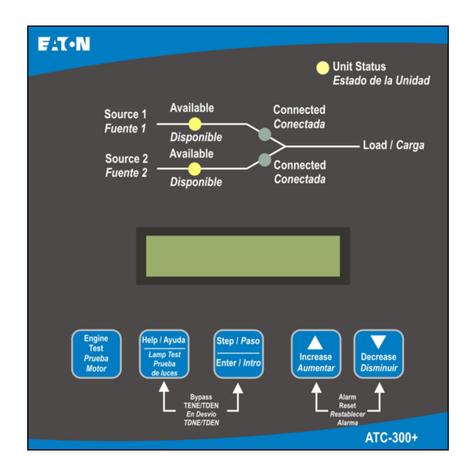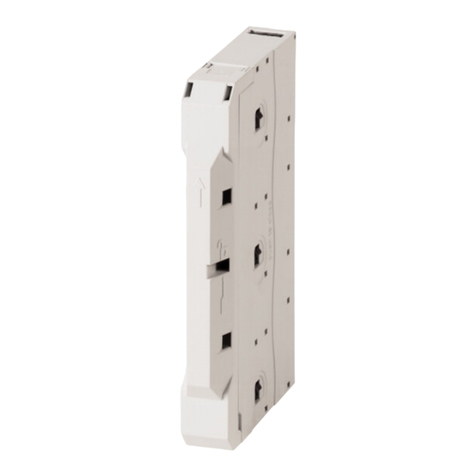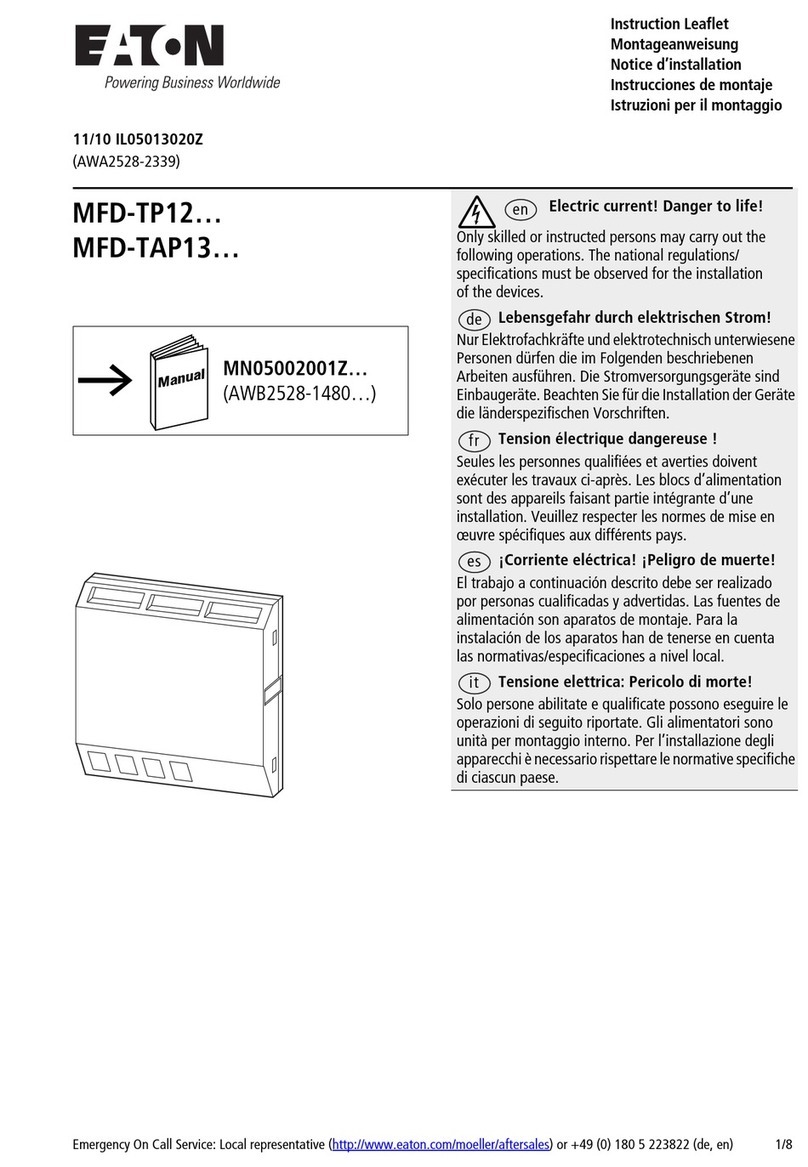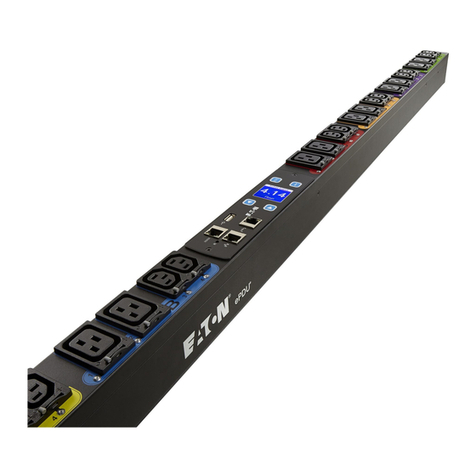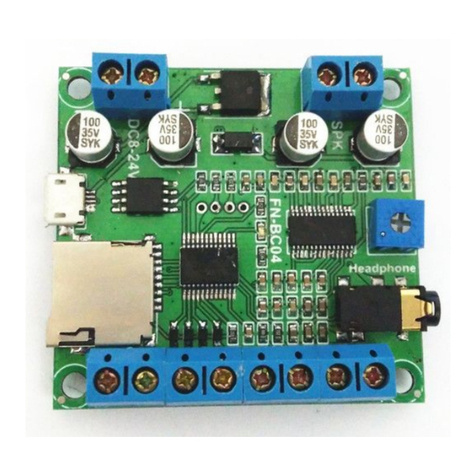
Scantronic
Specications
Standards and Compliance
The installer must remove or adjust any compliance labelling if a
non-compliant configuration is selected.
Intrusion compliance: EN 50131-1:2007+A2:2017; EN 50131-3:2009;
EN 50131-6:2017+A1:2021; EN 50131-10:2014; EN 50136-2:2013;
BS8243:2010; PD6662:2017
Security grade: Grade 2.
Environmental class: Class II.
Protection: IP40, IK06.
Security
Access codes: 4-digit, giving 10,000 combinations. 6-digit, giving
1,000,000 combinations.
Code blocking: Blocked for 90 secs after 4 incorrect codes in series.
Proximity tag differs: 4,294,967,296.
General
Relative Humidity: 0 to 93%, non-condensing.
Operating temp. range: -10°C to +55°C.
Dimensions: 239mm (h) x 250mm (w) x 87mm (d).
Weight: 2.8kg (without battery).
Case material: Steel.
Electrical
This product complies with the requirements of EN50131-6Type A
power supply at Grade 2 and environmental class II.
Mains power supply: 230Vac + 10%/-15%, 200mA max, 50Hz.
Control unit internal mains fuse: T250mA.
Control unit power supply: 13.7Vdc, 1.0A max of which 180mA is
reserved for battery recharge and 820mA to power the system.
Control unit PCB current consumption: 40mA quiescent; 70mA max
(in alarm) excluding external devices and battery charging.
Standby battery: 12V, 7Ah, sealed lead acid. Min standby time:12
hrs. (see “Step 2: Check standby battery capacity”). Max recharge
time: 72 hrs.
12V aux: 600mA max*
12V bus: 400mA max*
12V to plug-by communicator: 400mA max*
*Maximum current before triggering over-current protection.
Output voltage range: 12V outputs are 9.5Vdc to 13.8Vdc.
Max p-to-p ripple voltage: 0.5V.
Low-battery fault at: <12V.
Aux power output fault at: <9V.
OP1-3: Open collector transistor, 500mA max.
Plug-by outputs: Open collector transistor, 50mA max.
Loudspeaker: 12Vdc, 280mA max. Min impedance 16 Ohm.
The information, recommendations, descriptions and safety notations in this document are
based on Eaton Corporation’s (“Eaton”) experience and judgment and may not cover all
contingencies. If further information is required, an Eaton sales office should be consulted.
Sale of the product shown in this literature is subject to the terms and conditions outlined
in appropriate Eaton selling policies or other contractual agreement between Eaton and the
purchaser.
THERE ARE NO UNDERSTANDINGS, AGREEMENTS, WARRANTIES, EXPRESSED OR
IMPLIED, INCLUDING WARRANTIES OF FITNESS FOR A PARTICULAR PURPOSE OR
MERCHANTABILITY, OTHERTHAN THOSE SPECIFICALLY SET OUT IN ANY EXISTING
CONTRACT BETWEEN THE PARTIES. ANY SUCH CONTRACT STATES THE ENTIRE
OBLIGATION OF EATON. THE CONTENTS OFTHIS DOCUMENT SHALL NOT BECOME PART
OF OR MODIFY ANY CONTRACT BETWEEN THE PARTIES.
In no event will Eaton be responsible to the purchaser or user in contract, in tort (including
negligence), strict liability or other-wise for any special, indirect, incidental or consequential
damage or loss whatsoever, including but not limited to damage or loss of use of
equipment, plant or power system, cost of capital, loss of power, additional expenses in
the use of existing power facilities, or claims against the purchaser or user by its customers
resulting from the use of the information, recommendations and descriptions contained
herein. The information contained in this manual is subject to change without notice.
© 2022 Eaton
Eaton, Security House, Vantage Point Business Village, Mitcheldean, GL17 0SZ.
www.myscantronic.com
Product Support (UK) Tel: +44 (0) 1594 541978 available 08:30 to 17:00 Monday to Friday.
i-on10 Control Unit
Installation Instructions
The i-on10 is a 10-zone grade-2-compliant control unit.The i-on10
provides a reliable, easy-to-install, wired solution for domestic and
small commercial applications.
Key features
•Supports up to 10 wired zones, all provided on-board.
•Compatible with a range of wired detectors, including PIR sensors
and door contacts.
•Supports up to four keypads connected to the system bus.
•Grade 2 compliant.
•Support for one full-set level and up to three part-set levels.
•Configurable through a keypad.
•On-board connections for wired siren/strobe unit.
•On-board open-collector output to operate an external auxiliary
device.
•Plug-by communicator port with 8 outputs to communicate with
an alarms-receiving centre (requires MISC-COMPACK12 and a
suitable standalone communicator, such as 0840UK-21).
•Metal case, fitted with a 1A power supply and space for a 12Vdc
7Ah backup battery.
•Back and lid tamper switches.
•Support for up to 10 users.
Safety Information
This product must be installed by qualified service personnel.
WARNING: BEFORE INSTALLING THIS EQUIPMENT, ENSURE THAT
THE MAINS SUPPLY FORTHE CONTROL UNIT IS DISCONNECTED
AND ISOLATED. All electrical connections must be carried out by a
qualified electrician and comply with current local regulations.
WARNING: When connected to the mains with power applied, mains
voltages are present on the shrouded heads of the terminal screws
of the mains connector (Figure 4).
WARNING: The mains cable to the control unit must use a double-
pole isolation device in accordance with EN 62368-1.
WARNING: Good practice requires that documentation is not stored
within the enclosure.
Caution: If you need to handle the PCB in the control unit, take
standard precautions to prevent damage by static electricity.
Installing the control unit
Step 1: Choose a location for the control unit
The control unit must be located:
•Within the protected area (but not in an entry or exit zone).
•Out of sight of potential intruders.
•Upright (battery at the bottom) on a wall or other flat surface (to
discourage tamper attempts from the rear).
Step 2: Check standby battery capacity
Check that the battery is able to power the system for at least 12
hours during a mains failure, including two periods of 15 minutes in
alarm. This is the minimum period for grade 2 compliance.
To do this, you will need to calculate the total current drawn
from the battery during a mains failure. Please refer to the
i-on10
Configuration Guide
for worked examples.
Step 3: Install cabling
Note the following (refer to the
i-on10 Configuration Guide
for
guidance):
•Normally, standard 7/0.2 un-screened alarm cable is suitable for
wiring to keypads and wired siren/strobe units.
•Screened cable may be needed if the cable runs near to sources
of electromagnetic interference.
•Keep cables to keypads separate from any other wiring.
•You can connect keypads using a daisy-chain (serial) or star
(parallel) configuration.
•Cables must enter the control unit using the dedicated cable-entry
holes (Figure 1).
•The maximum length of the cable to keypads depends on a
number of factors, including the number of keypads and whether
daisy-chain or star connections are used.
Step 4: Remove the lid of the control unit
Release the two screws on the front of the lid, then lift it off.
Step 5: Mount the control unit
Mount the control unit in the orientation shown in Figure 1 using the
three fixing holes and minimum 40mm long No8 (4mm) screws. Use
only the designated cable-entry holes.
L N
Mains cable
entry
Signal cable
entry
Mains
terminals
Fixing holes
Signal cable entry
Figure 1. Fixing holes and cable entries
Part number 14199588
Issue 2 24/01/22
